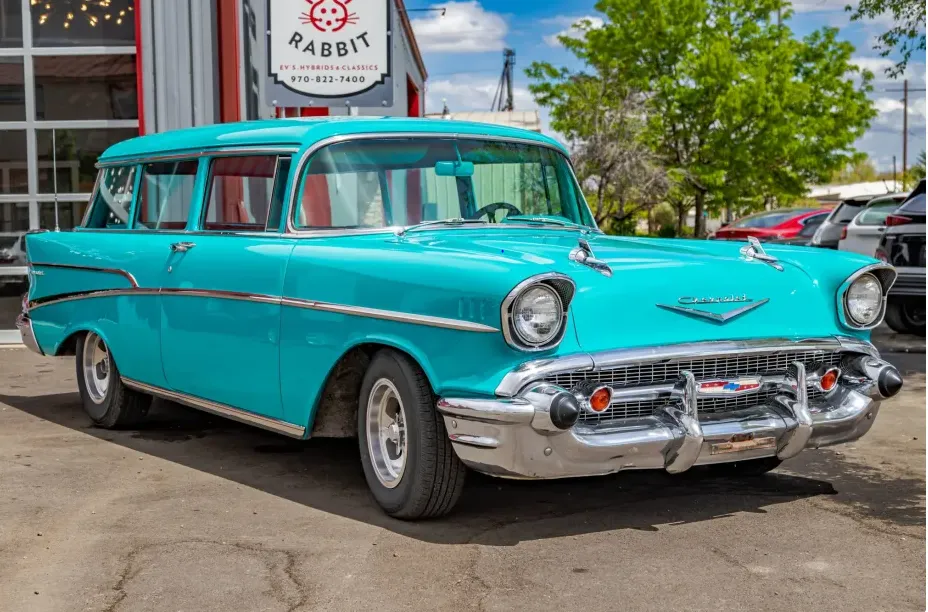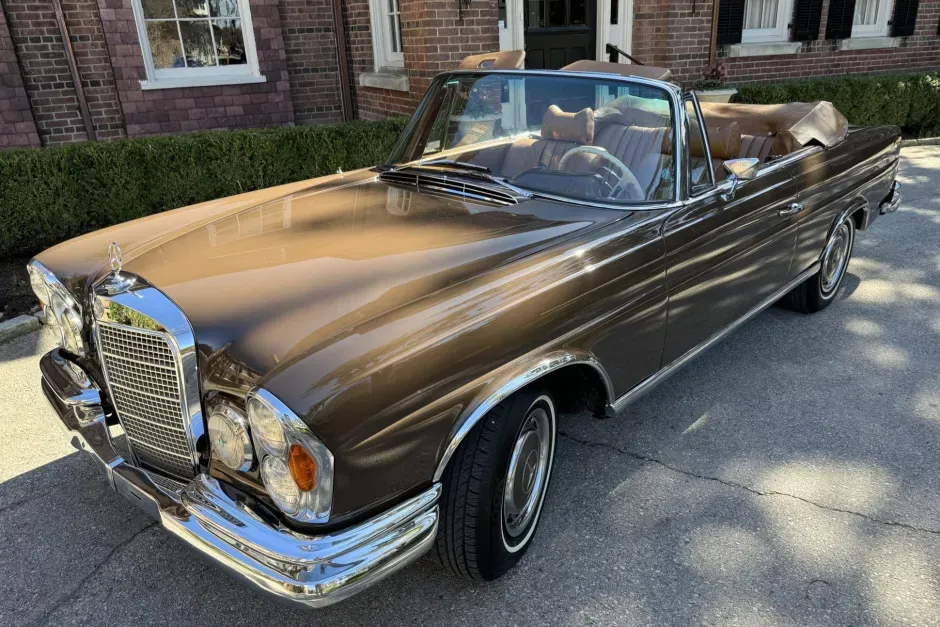The Chevrolet Bel Air, an iconic symbol of 1950s Americana, stands as one of the most beloved and recognizable cars in automotive history. Introduced in 1950 and produced until 1975, the Bel Air underwent several transformations, each reflecting the evolving tastes and technological advancements of the times. This car epitomizes the spirit of post-war prosperity, embodying both luxury and performance in an affordable package.
Early Years: 1950-1954

The Bel Air name was first introduced in 1950 as a unique two-door hardtop model within the Chevrolet lineup. These early models featured a streamlined design that was both modern and stylish, appealing to a burgeoning middle class eager to embrace new consumer goods. The car's signature feature was its hardtop construction, which provided the sleek look of a convertible without the associated drawbacks.
Under the hood, the early Bel Airs were equipped with Chevrolet’s reliable inline-six engines. The focus during this period was on comfort and style rather than raw power, aligning with the needs of families and everyday drivers. Despite its modest beginnings, the Bel Air quickly gained popularity due to its blend of practicality and aesthetic appeal.
The Tri-Five Era: 1955-1957

The 1955-1957 models, commonly referred to as the "Tri-Five" Chevrolets, are perhaps the most iconic and celebrated versions of the Bel Air. This period marked a significant redesign that introduced a more aggressive and upscale appearance. The 1955 model featured a bold new grille, a more pronounced hood, and a sleeker body, setting the stage for its legendary status.
A major innovation during this time was the introduction of the small-block V8 engine in 1955. This engine transformed the Bel Air into a performance powerhouse, offering drivers a thrilling blend of speed and power. The availability of a V8 engine made the Bel Air a favorite among hot rodders and performance enthusiasts.
The 1957 Bel Air, in particular, is often regarded as the pinnacle of the series. Its distinctive tailfins, chrome detailing, and gold trim set it apart as a true classic. The 1957 model also offered advanced features for its time, such as fuel injection, which was a significant technological leap forward. This combination of style, performance, and innovation cemented the Bel Air’s reputation as an automotive icon.
The 1960s: Evolution and Expansion

As the 1960s dawned, the Chevrolet Bel Air continued to evolve. The early part of the decade saw the car grow in size and adopt a more conservative design compared to the flamboyant 1950s models. Chevrolet aimed to appeal to a broader market, focusing on comfort and utility while still maintaining a degree of style.
During this period, the Bel Air was available in a variety of body styles, including sedans, station wagons, and convertibles. The introduction of the Impala as a distinct model in 1958 shifted the Bel Air’s position in the Chevrolet lineup. While the Impala took over as the top-of-the-line model, the Bel Air remained a mid-range offering, balancing affordability with many desirable features.
The 1962 Bel Air stands out for its return to more performance-oriented offerings. This year saw the introduction of the Bel Air Sport Coupe, which combined the lighter Bel Air body with powerful V8 engine options. This model became a favorite among drag racers and performance car enthusiasts, showcasing Chevrolet’s ability to blend practicality with excitement.
Decline and Discontinuation: 1970-1975

By the early 1970s, the Bel Air’s star began to wane. The automotive market was shifting towards smaller, more fuel-efficient vehicles in response to the oil crisis and changing consumer preferences. The full-size Bel Air, while still popular, started to feel outdated compared to newer, more compact cars.
The final years of the Bel Air saw it largely relegated to fleet and government use. The 1975 model year marked the end of the Bel Air’s production run in the United States, although the nameplate continued in Canada for a few more years. Despite its decline, the Bel Air’s legacy as a symbol of 1950s and 1960s American automotive culture remained intact.
Legacy and Collectibility

Today, the Chevrolet Bel Air is a cherished classic, especially the models from the Tri-Five era. These cars are highly sought after by collectors and vintage car enthusiasts, often fetching high prices at auctions. Restoring a Bel Air to its original glory is a popular project, with many aftermarket parts and reproduction components available to help enthusiasts maintain these pieces of automotive history.
The Bel Air’s influence extends beyond the car enthusiast community. It has become a cultural icon, frequently appearing in movies, music, and television shows set in the 1950s and 1960s. Its image evokes a sense of nostalgia for a bygone era of American prosperity and optimism.
Conclusion

The Chevrolet Bel Air stands as a testament to the ingenuity and style of American automotive design. From its early days as a stylish hardtop to its peak during the Tri-Five era and its evolution through the 1960s, the Bel Air reflects the changing tastes and technological advancements of mid-20th-century America. Though its production ended in the 1970s, the Bel Air remains an enduring symbol of classic car culture and a beloved icon of American history.



